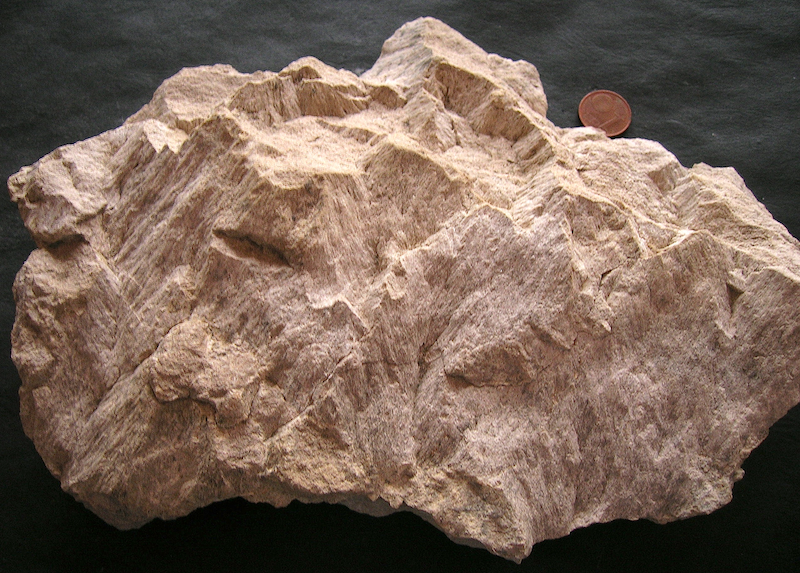Shatter cones in fine-grained sedimentary rocks – limestones, dolomites
Crooked creek impact crater (Missouri, USA)
Fig. 1. Shatter cones in dolostone from the Crooked Creek impact structure (Missouri, USA). Due to rock inhomogeneities, individual, complete cones as shown here are rarely developed.
Fig. 2. Multiple shatter coning in dolostone, Crooked Creek impact crater, Missouri.
 Fig. 3. Shatter cones in dolomite, Crooked Creek impact crater.
Fig. 3. Shatter cones in dolomite, Crooked Creek impact crater.
 Fig. 4. Shatter coning in dolomite; Crooked Creek impact structure (Missouri).
Fig. 4. Shatter coning in dolomite; Crooked Creek impact structure (Missouri).
Kentland (Indiana, USA) shatter cone
Fig. 5. Shatter cone in limestone, Kentland (Indiana, USA) impact structure.
Wells Creek (Tennessee, USA) shatter cones
Fig. 6. Shatter cones in dolomite, Wells Creek (Tennessee, USA) impact structure. Similar cone setting like in Fig. 26 (Rochechouart shatter cones).
Steinheim basin (Germany) shatter cones
 Fig. 7. Shatter coning in Malmian limestone; Steinheim (Germany) impact structure.
Fig. 7. Shatter coning in Malmian limestone; Steinheim (Germany) impact structure.
Fig. 8. Truncated shatter cone in Malmian Limestone; Steinheim Basin (Germany) impact crater.
 Fig. 8-1. Perfect conical fracture surface of a shatter cone. Steinheim impact crater, Malmian limestone.
Fig. 8-1. Perfect conical fracture surface of a shatter cone. Steinheim impact crater, Malmian limestone.
 Fig. 9. Counter shatter cones (positive and negative) in Malmian limestone; Steinheim Basin impact structure.
Fig. 9. Counter shatter cones (positive and negative) in Malmian limestone; Steinheim Basin impact structure.
 Fig. 10. Shatter coning in Jurassic limestone from the Steinheim impact structure (Germany). Note the negative cone fracture terminating at the positive cone – or vice versa.
Fig. 10. Shatter coning in Jurassic limestone from the Steinheim impact structure (Germany). Note the negative cone fracture terminating at the positive cone – or vice versa.
 Fig. 11. Shatter cone from the Steinheim impact structure (Germany); Jurassic fossiliferous limestone. Note the fossil as the starting point of the shatter-cone fracture.
Fig. 11. Shatter cone from the Steinheim impact structure (Germany); Jurassic fossiliferous limestone. Note the fossil as the starting point of the shatter-cone fracture.
Shatter cones in coarser-grained sedimentary rock – sandstones
Beaverhead impact structure Montana USA)
 Fig. 12. Shatter coning in sandstone; Beaverhead (Montana, USA) impact structure.
Fig. 12. Shatter coning in sandstone; Beaverhead (Montana, USA) impact structure.
Shatter cones Tüttensee crater, Chiemgau impact crater strewn field
Fig. 13. Two shatter cones in counter orientation. Tüttensee crater, Chiemgau impact (Germany). Fine-grained sandstone. More may be read HERE.
Shatter cones in quartzitic rocks
Siljan ring impact structure (Sweden)
Fig. 14. Shatter cone from the Siljan (Sweden) impact structure; quartzite.
Fig. 14-1. Shatter cones, Siljan ring (Sweden) impact structure; quartzitic rock. Sample by courtesy of P. Bockstaller.
Vredefort (South Africa) shatter cones
 Fig. 15. Shatter cones from the Vredefort impact structure (South Africa); arenite.
Fig. 15. Shatter cones from the Vredefort impact structure (South Africa); arenite.
 Fig. 16. Shatter cone from the Vredefort impact structure (South Africa); quartzite.
Fig. 16. Shatter cone from the Vredefort impact structure (South Africa); quartzite.
Sudbury (Canada) shatter cones
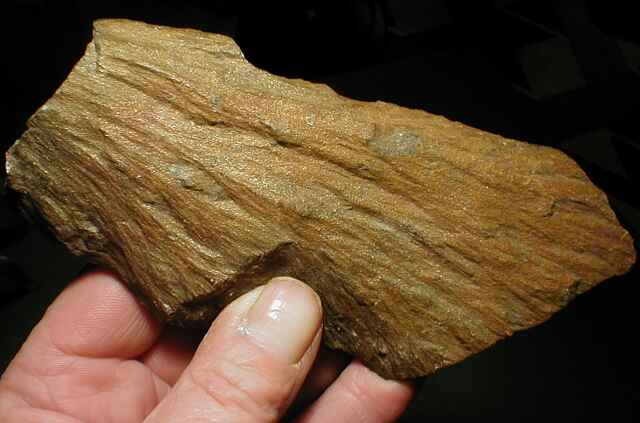 Fig. 17. Shatter cone from the Sudbury impact structure (Canada); arenite.
Fig. 17. Shatter cone from the Sudbury impact structure (Canada); arenite.
 ig. 18. Shatter cone from the Sudbury impact structure (Canada); quartz arenite.
ig. 18. Shatter cone from the Sudbury impact structure (Canada); quartz arenite.
 Fig. 19. Relatively crude shatter coning in arenite from the Sudbury impact structure (Canada).
Fig. 19. Relatively crude shatter coning in arenite from the Sudbury impact structure (Canada).
Shatter cones in crystalline rock
Rochechouart (France) shatter cones
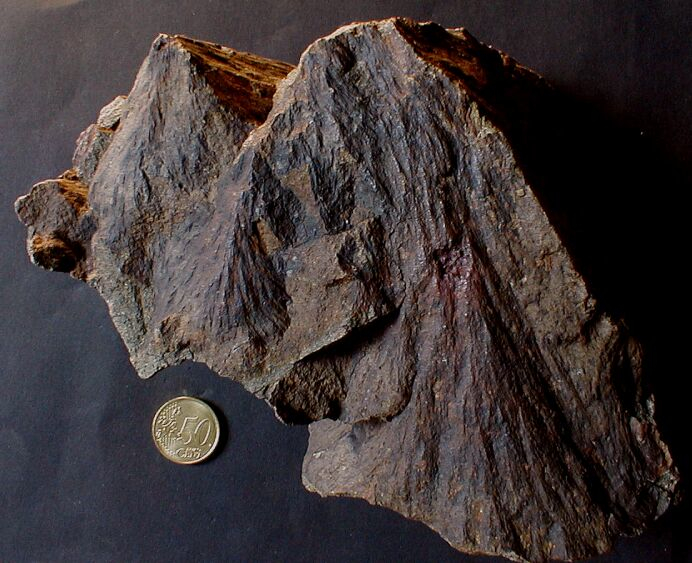 Fig. 20. Shatter cones from the Rochechouart impact structure (France); subvolcanic dike.
Fig. 20. Shatter cones from the Rochechouart impact structure (France); subvolcanic dike.
 Fig. 21. Individual larger shatter cone from the Rochechouart impact structure (France); subvolcanic dike rock.
Fig. 21. Individual larger shatter cone from the Rochechouart impact structure (France); subvolcanic dike rock.
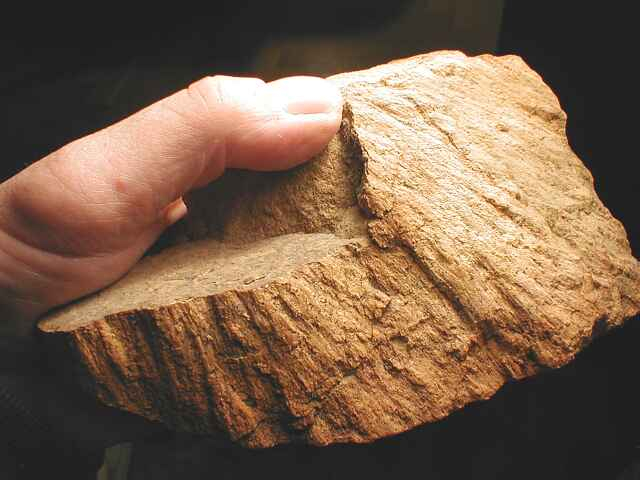 Fig. 22. Shatter cone from the Rochechouart impact structure (France); single-cone fragment, gneiss.
Fig. 22. Shatter cone from the Rochechouart impact structure (France); single-cone fragment, gneiss.
 Fig. 23. Multiple shatter coning in granitic rock; Rochechouart impact structure, France.
Fig. 23. Multiple shatter coning in granitic rock; Rochechouart impact structure, France.
 Fig. 24. Large shatter cone, granite, Rochechouart impact structure.
Fig. 24. Large shatter cone, granite, Rochechouart impact structure.
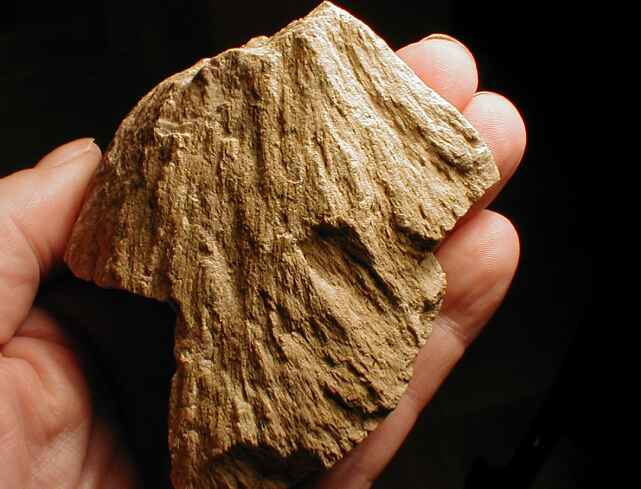 Fig. 25. Shatter cone from the Rochechouart impact structure (France); granite.
Fig. 25. Shatter cone from the Rochechouart impact structure (France); granite.
 Fig. 26. Shatter cones from the Rochechouart impact structure (France); granite. Note the small cones riding on each other. Compare a similar setting in Fig. 6 (Wells Creek shatter cones).
Fig. 26. Shatter cones from the Rochechouart impact structure (France); granite. Note the small cones riding on each other. Compare a similar setting in Fig. 6 (Wells Creek shatter cones).
 Fig. 27. Shatter cones degenerated into shatter cleavage. Paragneiss, Rochechouart impact structure (France).
Fig. 27. Shatter cones degenerated into shatter cleavage. Paragneiss, Rochechouart impact structure (France).
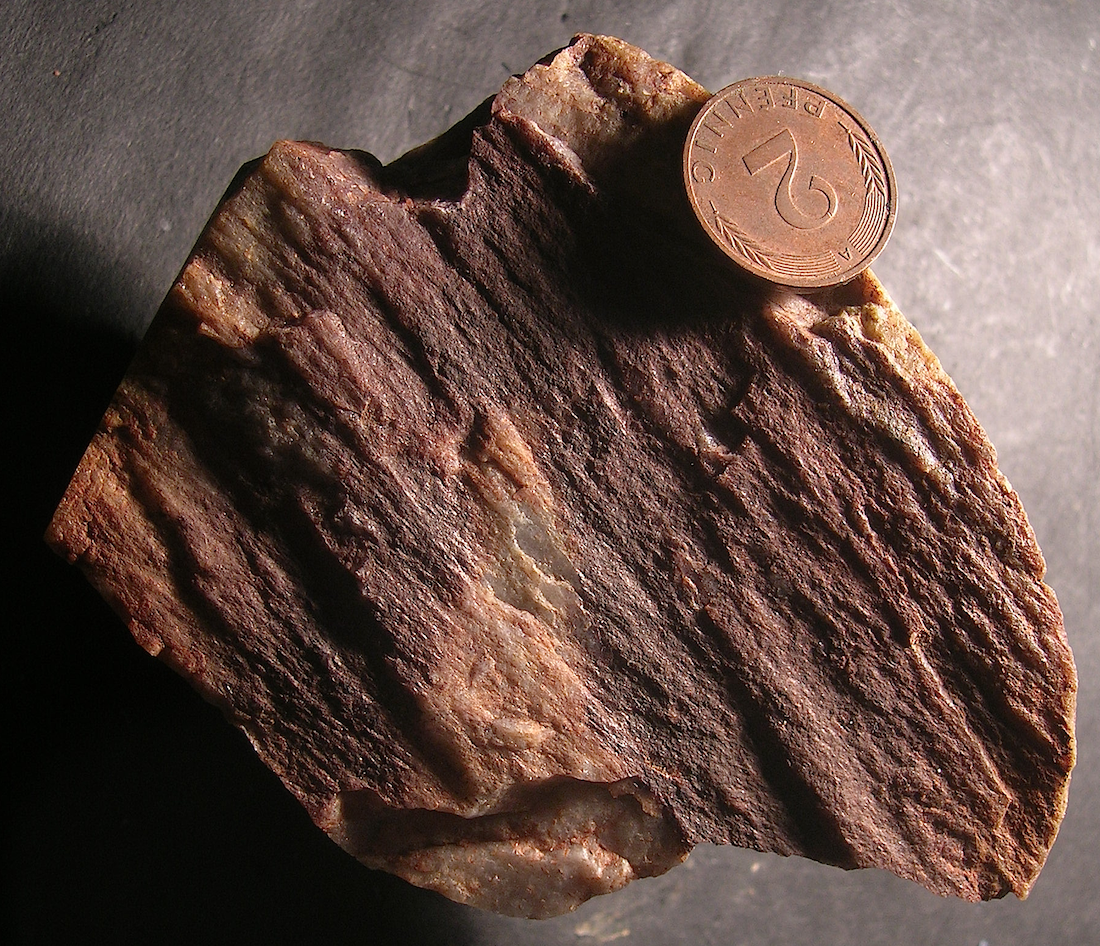 Fig. 27-1. For comparison: shatter cleavage in quartzite, Azuara/Rubielos de la Cérida impacts, Spain. Few horsetail markings have developed more or less in a fracture plane. Sample by courtesy of P. Bockstaller.
Fig. 27-1. For comparison: shatter cleavage in quartzite, Azuara/Rubielos de la Cérida impacts, Spain. Few horsetail markings have developed more or less in a fracture plane. Sample by courtesy of P. Bockstaller.
Siljan ring (Sweden) shatter coning
 Fig. 27-2. Shatter coning in granitic rock; Siljan ring impact structure (Sweden). Sample by courtesy of P. Bockstaller
Fig. 27-2. Shatter coning in granitic rock; Siljan ring impact structure (Sweden). Sample by courtesy of P. Bockstaller
Suvasvesi South (Finland) shatter cone
 Fig. 28. Shatter coning in granitoid; Suvasvesi South impact structure (Finland).
Fig. 28. Shatter coning in granitoid; Suvasvesi South impact structure (Finland).
Keurusselkä (Finland) shatter cone
 Fig. 29. Shatter coning in granodiorite, Keurusselkä (Finland) impact structure.
Fig. 29. Shatter coning in granodiorite, Keurusselkä (Finland) impact structure.
Ries crater (Germany) shatter cones
 Fig. 30. Shatter cone from the Ries impact structure (Germany); granitoid rock from the Bunte breccia ejecta (Ronheim quarry).
Fig. 30. Shatter cone from the Ries impact structure (Germany); granitoid rock from the Bunte breccia ejecta (Ronheim quarry).
 Fig. 31. Shatter cone from the Ries impact structure (Germany); hornblende kersantite, inner ring.
Fig. 31. Shatter cone from the Ries impact structure (Germany); hornblende kersantite, inner ring.
 Fig. 32. Shatter coning in granite, Ries impact structure.
Fig. 32. Shatter coning in granite, Ries impact structure.
 Fig. 33. Strung shatter coning in kersantite, Wengenhausen outcrop, Ries crater.
Fig. 33. Strung shatter coning in kersantite, Wengenhausen outcrop, Ries crater.
Karrikoselkä (Finland) shatter cones
 Fig. 34. Poorly developed shatter cones from the Karrikoselkä (Finland) impact structure; granite.
Fig. 34. Poorly developed shatter cones from the Karrikoselkä (Finland) impact structure; granite.
Saarijärvi (Finland shatter cones
 Fig. 35. Shatter coning in granite from the Saarijärvi (Finland) impact structure.
Fig. 35. Shatter coning in granite from the Saarijärvi (Finland) impact structure.
Fig. 36 – 38. Shatter cones from the Santa Fe impact structure, New Mexico, USA (photos courtesy of Tim McElvain)
 Fig. 36. Fine-grained granitic rock. See the hammer as scale for the large cones.
Fig. 36. Fine-grained granitic rock. See the hammer as scale for the large cones.
 Fig. 37. Shatter cone in a fine-grained quartz/hornblende/biotite schist.
Fig. 37. Shatter cone in a fine-grained quartz/hornblende/biotite schist.
 Fig. 38. Santa Fe shatter cone in a fine-grained granitoid.
Fig. 38. Santa Fe shatter cone in a fine-grained granitoid.
Fig. 39. Shatter cone in limestone from the Charlevoix (Canada) impact structure. Also see HERE.
Fig. 40. Shatter coning in Precambrian crystalline basement rocks from the Charlevoix impact structure.








































































